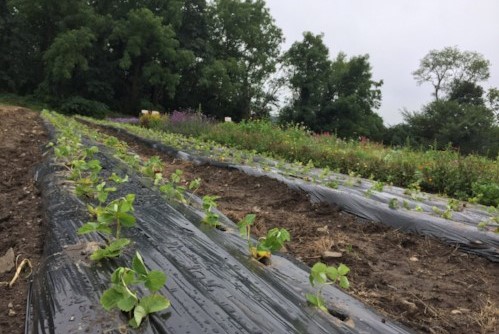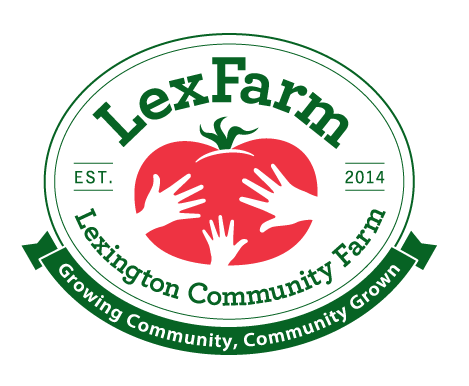Notes from the Field Week 15

Notes from the Field
Did you enjoy our first taste of fall weather last weekend? Our fields were full Saturday with CSA members picking flowers, cherry tomatoes, and husk cherries under finally cool skies. What a beautiful sight!
Last week’s final burst of heat helped to ripen our winter squash and we finished harvesting all our butternut and delicata squash yesterday morning. Woodchucks ate just about all our pumpkin plants back in June, but must have been too full to eat our winter squash in the next beds over, so we brought in a nice heavy haul. The winter squash is curing in our hoophouse and will be in our farm stand and CSA soon!
This week we’ll be weeding our fall plantings of storage radishes and carrots, prepping fields for the next round of cover crop seeding and planting strawberries to harvest next May and June! You have the wonderful farmers at Barrett’s Mill Farm in Concord to thank for our tasty strawberries these days.
My favorite part of farming in Eastern Mass is our surrounding community of farmers. We keep in touch with each other through an email listserv that allows us to ask our fellow farmers questions about growing; source veggies, plants, or supplies from each other when we’re in a pinch; and advertise job openings. A rotating list of farmers host biweekly farm visits, with different educational themes, to keep us inspired and learning. On my commute home to Concord I pass Fran Busa’s vegetable fields, First Root Farm’s former fields (which inspired a new method for sprouting sugarsnap peas and are the sole reason we’ve had a great crop the last two years) a few of Cupp and Cupp’s sunflower fields, one of Cucurbit Farm’s sweet corn fields and Kenney Farm’s green bean fields. I can barely keep my eyes on the road!
3 years ago, after lending Melissa and Lise at Barrett’s Mill Farm an EZ-Up tent for a spring festival, they dropped off a pint of the sweetest, earliest strawberries I’d ever had. I asked them the variety and growing information for getting such early strawberries and learned about planting strawberry plants (not bare roots) in the fall, for harvest the following spring. This expedited method means we don’t have to spend time picking excess “runners” (new shoots) off the plants in June and July, we barely weed the plants (not many weeds grow between September and May), and the fruits set earlier than the traditional spring planting method. (See strawberry transplants pictured below!)
Folks often ask how so many farms in close proximity can stay in business. As long as you, our customers, continue eating seasonally and supporting local farms, there is plenty of business to support us all! There are over 11,000 households in Lexington alone, and it takes just 200 households to fill our CSA! With your support, local farms will continue to thrive. In fact, we can even collaborate and inspire each other to keep providing you with the best produce for the longest season possible.
Farm Manager
 |
 |

